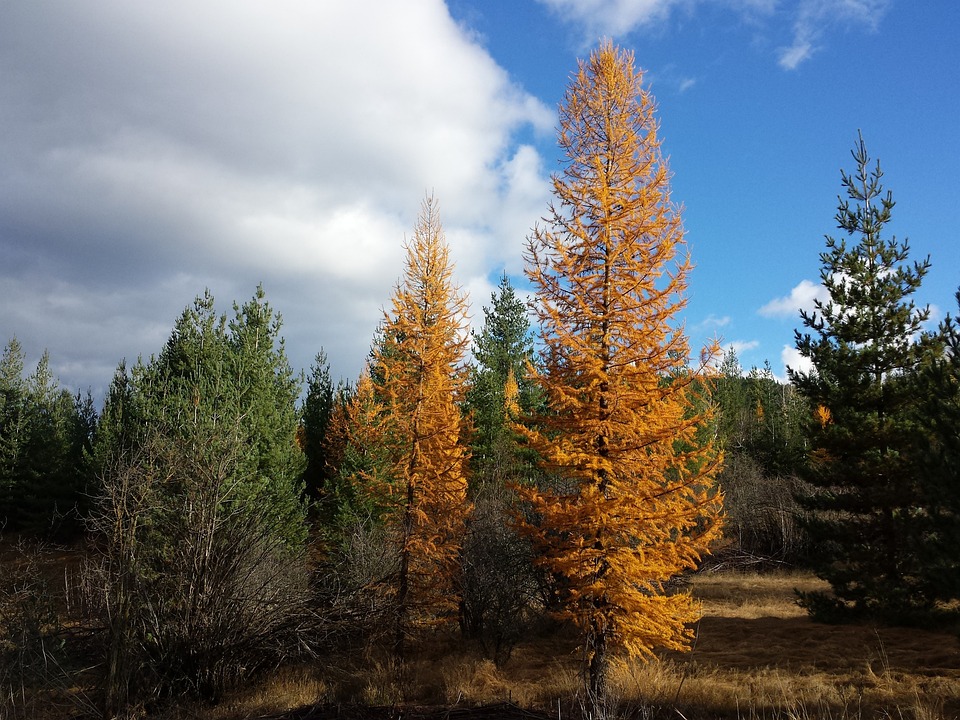A Yankee Notebook
NUMBER 2233
May 5, 2024
Tree of the North
EAST MONTPELIER, VT – This is written in the last days of April. From my office window, the yard and the field and the woods beyond seem to be catching their breath before tackling what’s always come next. Out back, the air on this sunny day is alive with birdsong. So far I’ve picked up robins, a large woodpecker, a cardinal, and phoebes. I’m delighted to have them all around, of course, and this year am enjoying a little peace of mind regarding their intentions, which invariably have to do with nest-building. Unless I carelessly forget to close the garage door when I take out Erik or Helga for an errand, there’ll be no nests on the light fixtures directly above them. Birds, especially when raising their kids, are pretty messy tenants.
The deer, probably still famished by their winter diets, come out in the twilight, morning or night, and graze the grass. I’m happy to see them. So is Kiki, who can’t be discouraged from terrorizing them – their expression of terror being about one hundred feet of bouncing flight with white flags flying. Then they stop and wait for her to congratulate herself before retreating to the porch. As soon as they start showing up with their fawns, they don’t flee, and Kiki ends her pursuit almost before it begins. She trots back looking over her shoulder, conveying, “Nothing to see here.”
I don’t make syrup anymore, and my wife’s gardens have disappeared, so spring around here is more a spectator sport than it used to be. Nowadays it’s mainly waiting for the mud to subside so that it’s safe to let Helga the Convertible out of winter quarters. She’s elderly now and less robust than she was. Besides, I promised when we became partners not to take her out in compromised weather, and thus far have to my pledged word been true.
There are a few daffodils living next to the runaround out back, clustered, along with a small lilac, around the feet of my late wife’s concrete Virgin Mary perched atop the well head. But they’re in the shade, and they’ll bloom well after my neighbors’ Wordsworthian clouds have browned, drooped, and gone by.
So my spring is largely a search for signs of its imminence. The baby red oak trees in their protective wire enclosures – forget it. They’ll split their buds well after the popples already leaping up to mask the ravages of a recent logging job. The trees I’m watching are the weeping willows, which’ve been turning yellow-green for a few weeks now. It’s amazing, when their feet are planted in wet ground, how rapidly they transform into trees from saplings. They don’t last as long as the oaks will, but they’ll long outlast me, and that’ll do, as the Scotsman says; that’ll do.
The trees I watch most carefully and hopefully are the tamaracks. American larch (laricina) they are, not the more common Eurasian sold by nurseries. They grow north, right to treeline in Canada, and prefer moist soil (which I’ve got a yardful of). The Cree traditionally split them into slabs, steamed and bent one end, and used them for toboggans. They remind me of happy days in the North. I have them all around – a few down by the foot of the driveway, a line masking the leach field, and an arc around the grave of Tucker, our old dog, to which on warm evenings I like to repair with a whiskey and a porch chair and hold communion with her for a while.
The valley of the Leaf River in northern Quebec runs east almost the whole way across the Ungava Peninsula to Leaf Bay, where the world’s highest tide makes life very exciting for canoeists. It also coincides with the limit of trees, which, besides the dwarf willow and birch, are tamarack and black spruce. The wind blows almost incessantly. The spruces nod stiffly before it, but the tamaracks bend, toss, and fling their arms about like Martha Graham dancers.
They’re also home to the thickest population of bloodthirsty black flies I’ve ever seen. I watched one evening as my buddy Dudley, bedeviled beyond endurance, tried to drink his soup through his headnet, only to discover that it was chicken noodle. That night, taking off my pants in the tent, I found my undershorts soaked with blood.
The tamaracks, every time I go up or down the driveway, are ineluctable reminders of happy times in different circumstances. At present I check them daily. They’re coniferous, but deciduous; their uniquely lime-green, tiny needles will begin to brighten the yard – and my life – in just a few days. I will, sadly, probably be away when they do, but what has a man’s life, or his travel, to do with the green explosion of vitality that’s been a harbinger of spring (and black flies) since time immemorial?


